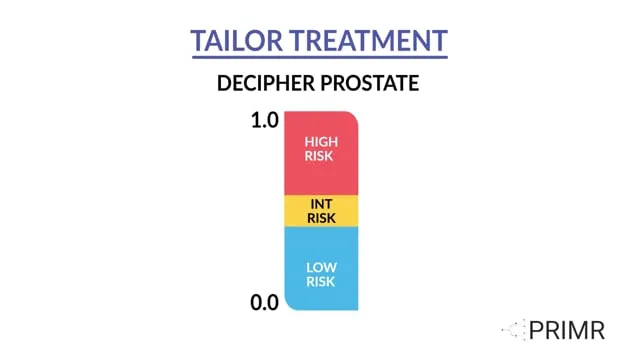Prostatectomy for Prostate Cancer
Radical prostatectomy is a standard curative option for patients with prostate cancer. In this video we review the risks.
Read the full video transcript below:
This video is an overview of prostate cancer surgery known as prostatectomy.
If you didn't see the video about anatomy, just to review, this is the side view of the pelvis with the lumbar spine here, the sacrum or tailbone here, the rectum right in front, and the prostate gland in the middle surrounded by a bundle of nerves below and then muscles for urinary control.
During radical prostatectomy, the surgeon removes the entire gland. As they cut around the gland, surgeons are very careful not to injure adjacent organs like the nerves involved in making erections or the muscles involved in controlling leakage of urine. Injuries to these areas during surgery can lead to long-term effects after surgery.
The gland is removed in its entirety, and the bladder is brought down deeper into the pelvis and reconnected to the urethra. If the muscles involved in controlling urine are injured, that can cause urinary leakage, which can either be short-term or long-term.
Sometimes cancer grows directly up against the nerves involved in making erections, and when the cancer is removed, the nerves are injured, resulting in long-term erectile dysfunction.
There are other rare risks to surgery, including bleeding, infection, blood clots, hernia, and the possibility of urinary blockage if scar tissue forms where the urinary bladder was reconnected to the urethra.
This is not medical advice. Talk to your doctor before making a medical decision.



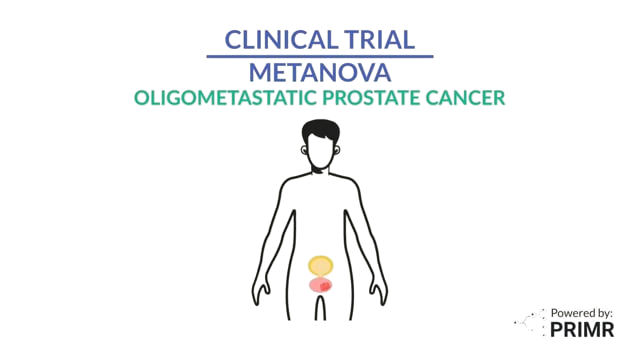





.jpeg)



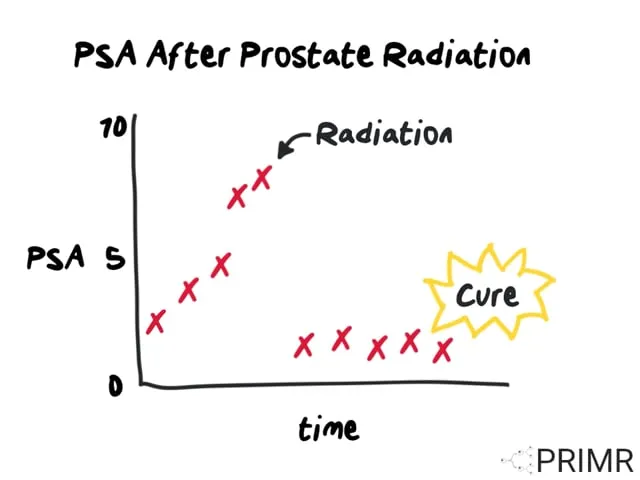

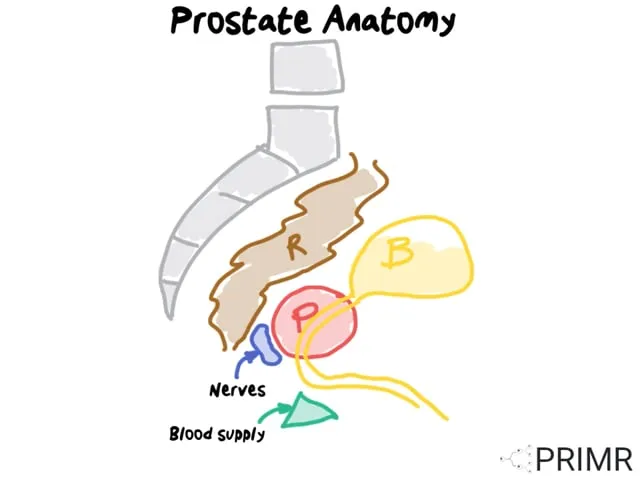
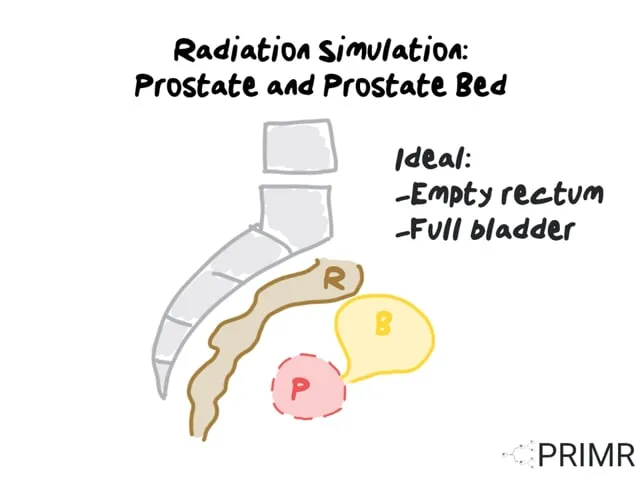

.webp)

